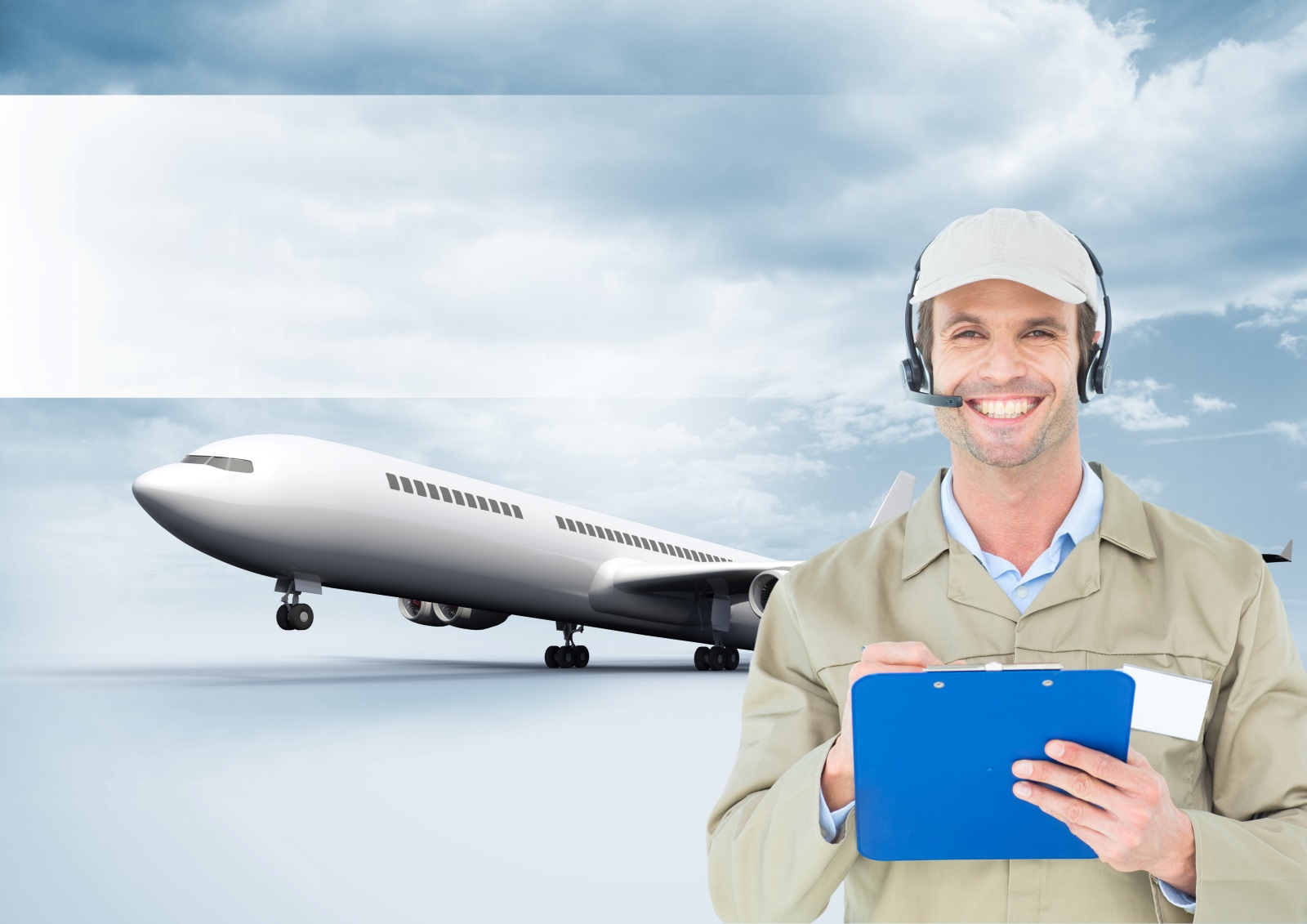How AI and Machine Learning Are Transforming Air Cargo Tracking
The air cargo industry has long been a critical artery of global trade, moving goods swiftly across continents to meet the demands of businesses and consumers alike. However, tracking shipments in real-time, optimizing routes, and ensuring timely deliveries have historically been plagued by inefficiencies, human error, and fragmented systems. Enter artificial intelligence (AI) and machine learning (ML)—two transformative technologies that are revolutionizing how air cargo is monitored, managed, and delivered. In this blog, we’ll explore how AI and ML are reshaping air cargo tracking and what this means for the future of logistics.
Real-Time Visibility Like Never Before
One of the most significant challenges in air cargo has been the lack of real-time visibility. Traditional tracking methods often relied on manual updates or outdated systems, leaving shippers and customers in the dark about the exact location and status of their goods. AI and ML are changing that by enabling end-to-end visibility with unprecedented accuracy.
AI-powered systems can integrate data from multiple sources—such as GPS, IoT sensors on cargo pallets, weather forecasts, and air traffic control—to provide real-time updates. Machine learning algorithms analyze this data to predict delays, identify bottlenecks, and even suggest alternative routes. For example, if a storm is brewing over a flight path, ML models can anticipate the disruption and notify stakeholders instantly, allowing them to adjust plans proactively. This level of transparency not only improves operational efficiency but also builds trust with customers who expect precise delivery timelines.
Predictive Analytics for Smarter Decision-Making
Delays in air cargo can be costly, both in terms of money and reputation. Machine learning excels at predictive analytics, helping companies stay one step ahead of potential issues. By analyzing historical data—flight schedules, customs processing times, maintenance logs, and even seasonal trends—ML models can forecast when and where problems might arise.
For instance, an AI system might detect patterns indicating that a particular airport hub experiences congestion every Friday evening. Armed with this insight, logistics managers can reroute shipments or adjust schedules to avoid the jam. Predictive maintenance is another game-changer: ML algorithms can monitor aircraft health in real-time, flagging worn parts before they fail and grounding a plane loaded with cargo. This minimizes unexpected disruptions and keeps the supply chain humming.
Optimizing Load and Route Planning
Air cargo isn’t just about getting goods from point A to point B—it’s about doing so as efficiently as possible. AI and ML are transforming load and route optimization by crunching vast amounts of data that would overwhelm human planners. Algorithms can determine the best way to pack cargo into a plane, balancing weight, volume, and priority items while adhering to safety regulations. This ensures maximum utilization of space and fuel efficiency, reducing costs and environmental impact.
On the routing side, AI systems evaluate countless variables—fuel prices, airspace restrictions, transit times, and even carbon emissions—to recommend the most cost-effective and timely paths. Machine learning refines these recommendations over time, learning from past successes and failures to continuously improve planning precision. The result? Faster deliveries, lower operational expenses, and a more sustainable air cargo ecosystem.
Enhanced Security and Fraud Detection
Cargo theft and fraud have long been concerns in the logistics industry, particularly for high-value goods like electronics or pharmaceuticals shipped via air. AI and ML are bolstering security by identifying anomalies that might signal trouble. For example, ML models can analyze tracking data to spot unusual deviations in a shipment’s journey—say, an unscheduled stop or a sudden change in temperature that could indicate tampering with perishable goods.
AI-driven image recognition can also scan cargo at checkpoints, comparing contents against manifests to ensure nothing’s been added or removed illicitly. These tools not only deter theft but also streamline customs processes by flagging suspicious shipments for inspection while letting legitimate ones pass through quickly.
Personalizing Customer Experiences
In an era where consumers expect Amazon-like tracking for everything, air cargo companies are under pressure to deliver personalized, user-friendly experiences. AI is making this possible by tailoring updates to individual customers. Chatbots powered by natural language processing can answer queries like “Where’s my shipment?” or “When will it arrive?” in real-time, drawing on ML-driven insights to provide accurate responses.
Moreover, AI can segment customers based on their preferences—some might want detailed updates at every step, while others only care about the final delivery—and customize notifications accordingly. This level of service was once unimaginable in the complex world of air cargo, but it’s fast becoming the norm thanks to intelligent automation.
The Road Ahead
The transformation of air cargo tracking through AI and ML is still in its early stages, but the potential is immense. As these technologies evolve, we can expect even greater integration with emerging tools like blockchain for secure, tamper-proof records or drones for last-mile delivery from airports. Regulatory hurdles and data privacy concerns will need to be navigated, but the benefits—faster, cheaper, and more reliable air cargo—are too compelling to ignore.
For logistics providers, adopting AI and ML isn’t just a competitive edge; it’s becoming a necessity to keep pace with a world that demands speed and transparency. For businesses and consumers, it means a supply chain that’s more responsive than ever. The skies may be busy, but with AI and ML at the helm, air cargo tracking is soaring to new heights.


